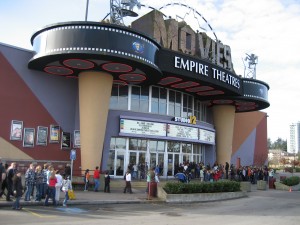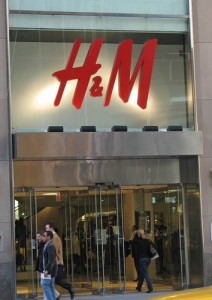Last weekend I saw the “Facebook” movie at Empire Theatres, Guildford, and while impatiently waiting for the boring and mundane advertisement’s to stop, one actually caught my eye. It was promoting the recently adopted strategy of providing services for businesses – “putting your business on the big screen.” Businesses can rent out a single theatre to display their presentations on the big screen, and in return get to watch a movie of their choice for no cost!
Empire Theatres has stepped away from conventions and has come up with an effective strategy to bring in some extra profit. This service will not incur any extra costs for it will not cost them any more for the lighting or the space. They will not be losing profit by allowing the businesses to watch a free movie because they would not have acquired these people in the first place.
Meetings are often during the day, and theatres slowest hours are during the day. ET noticed where they needed to improve performance and came up with an innovative way to not only widen the range of customers but to increase their productivity during the day.
This strategy would be effective for businesses when doing presentations for a large number of people; where the board room office is too small, for presenting significant material, and for celebratory presentations. This is very risky, as with all new implementations and the business personnel’s will either love it or hate it.
Love it:
– Large venue = more available positions for people to attend
– Comfortable seating
– Everyone can easily see the information
– Reasonable cost
– Free movie
Hate it:
– It may detract from the dignity of the presentations by being held at a “movie theatre”
– Employees may not be as engaged in such a large venue, and may be distracted by the mouth watering aroma of the popcorn or the free movie they get to see afterwards
– Costs $$; whereas if just used own boardroom they wouldn’t be incurring any costs
– May create employee conflicts; differing opinions
– It doesn’t coincide with the ‘business image’; arriving at a movie theatre dressed in Jimmy Choos and a Yves Saint Laurent suit attending an important meeting regarding the merger of Vogue and Elle doesn’t have a sophisticated ring to it.
The weight is heavily leaning more towards “hate it”, however the true test will be after their financial statements come out.
Making sure they market this new feature is key to its success – a few ideas are:
1. Flyers sent to all local businesses
2. Newspaper and business magazine (Bloomberg’s) ads
3. Having info available on their website & allowing booking online
4. Commercials






